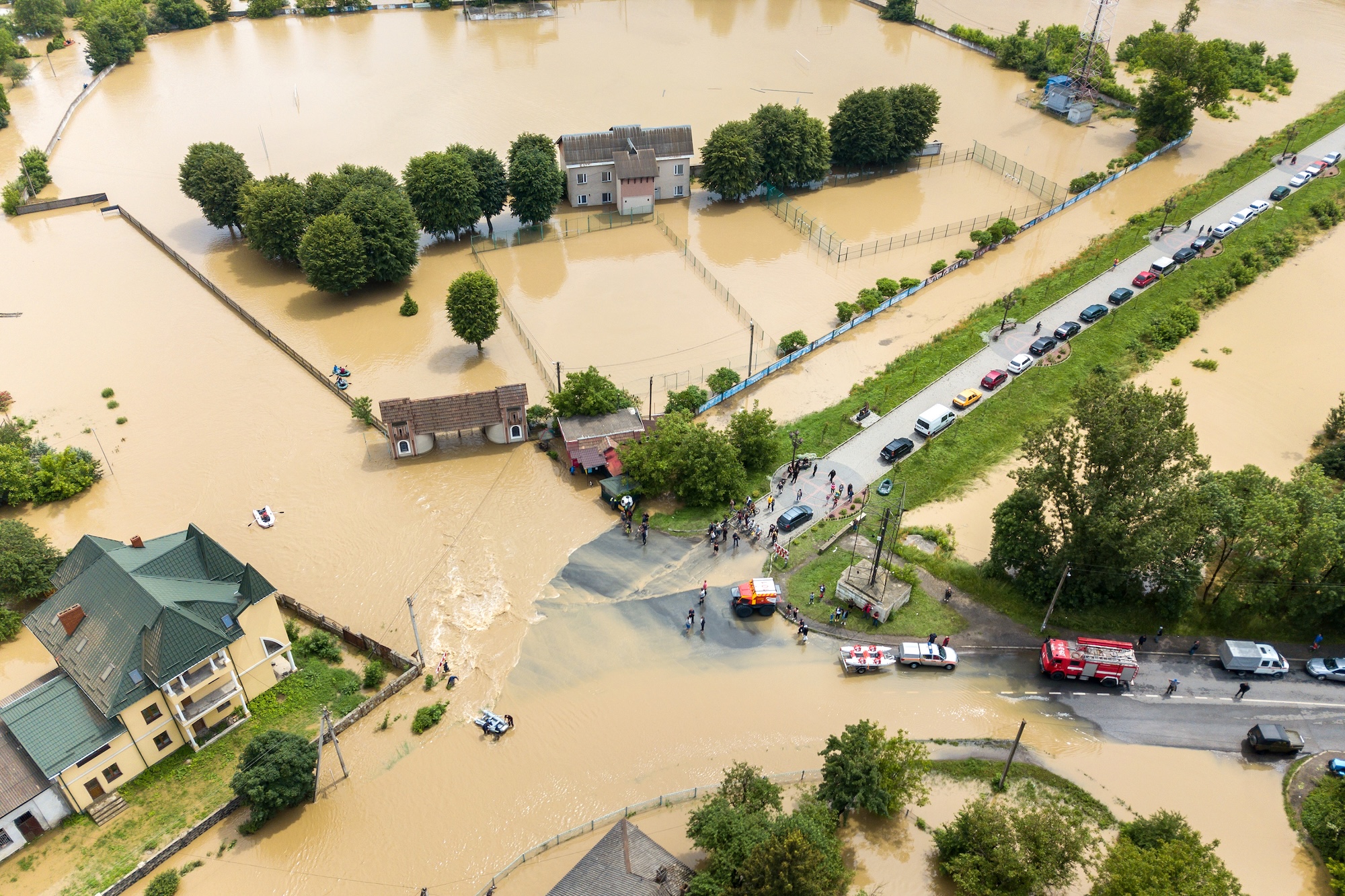As natural disasters grow more frequent and intense, homeowners are rethinking how to safeguard their properties from wind, water, and seismic risks. With hurricanes, floods, and earthquakes becoming more destructive in recent years, experts stress the importance of resilient home design and preventive maintenance.
Recent trends show that more families are investing in disaster-proofing their homes, adopting stronger materials, smarter construction practices, and new technologies. While building codes are evolving to include disaster-resistant features, individual homeowners can take practical steps right now to strengthen their properties.
Wind protection remains a top priority. Upgrading to impact-resistant windows and storm shutters helps prevent breakage during hurricanes or high winds. Reinforcing the roof with hurricane straps and durable materialssignificantly reduces the risk of uplift and collapse.
When it comes to flood defense, prevention is critical. Homeowners can elevate electrical systems, install sump pumps, and seal basement walls to reduce water intrusion. Even simple landscaping—such as grading soil away from the foundation—can redirect water and lower flood risks.
For those living in earthquake-prone regions, seismic retrofitting is essential. This includes securing heavy furniture, reinforcing the foundation, and using flexible building materials designed to absorb seismic energy. These measures can dramatically reduce structural damage and protect lives.
Preparedness extends beyond construction. Experts recommend that every household should develop an emergency plan, keep emergency kits stocked, and perform regular maintenance on gutters, drainage systems, and trees to minimize hazards. Reviewing insurance coverage is equally important to ensure financial protection after a disaster.
Looking ahead, advancements in construction materials and smart-home technology promise even stronger resilience. Governments and insurers are also stepping in, offering incentives such as tax breaks or premium discountsfor adopting disaster-resistant features—encouraging more homeowners to invest in long-term safety.
What are the most important home upgrades for disaster resilience?
Impact-resistant windows, reinforced roofing, and proper drainage systems are among the most crucial upgrades to enhance home resilience against natural disasters.
How can homeowners prepare for floods specifically?
Elevation of electrical systems, installation of sump pumps, and landscape grading to direct water away from the home are effective flood mitigation strategies.
What role does regular maintenance play in disaster preparedness?
Maintaining gutters, clearing debris, and inspecting structural components help prevent vulnerabilities that could be exploited during a disaster.
Summary
- Trends: Verified data shows that hurricanes, floods, and earthquakes are increasing in frequency and cost of damage (NOAA, UNDRR reports).
- Solutions: Impact-resistant windows, hurricane straps, sump pumps, and seismic retrofitting are recognized by FEMA and insurance industry guidelines as effective resilience measures.
- Future outlook: Incentives (like premium discounts) for resilient construction are already in place in some U.S. states and other countries.






